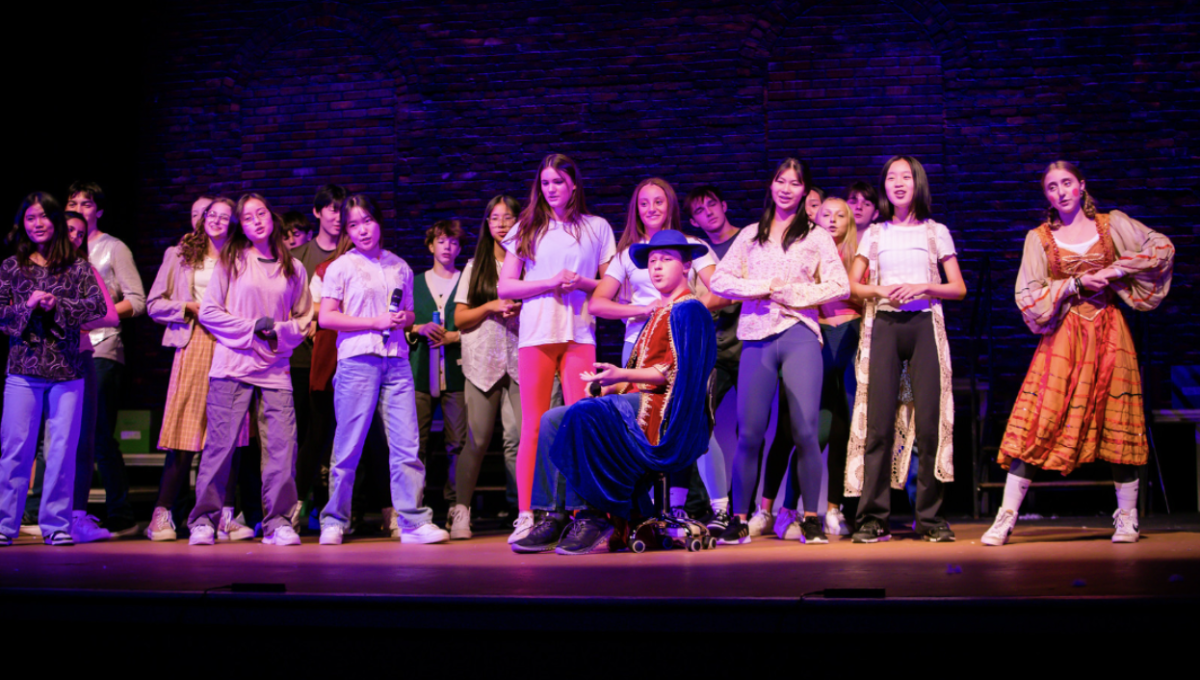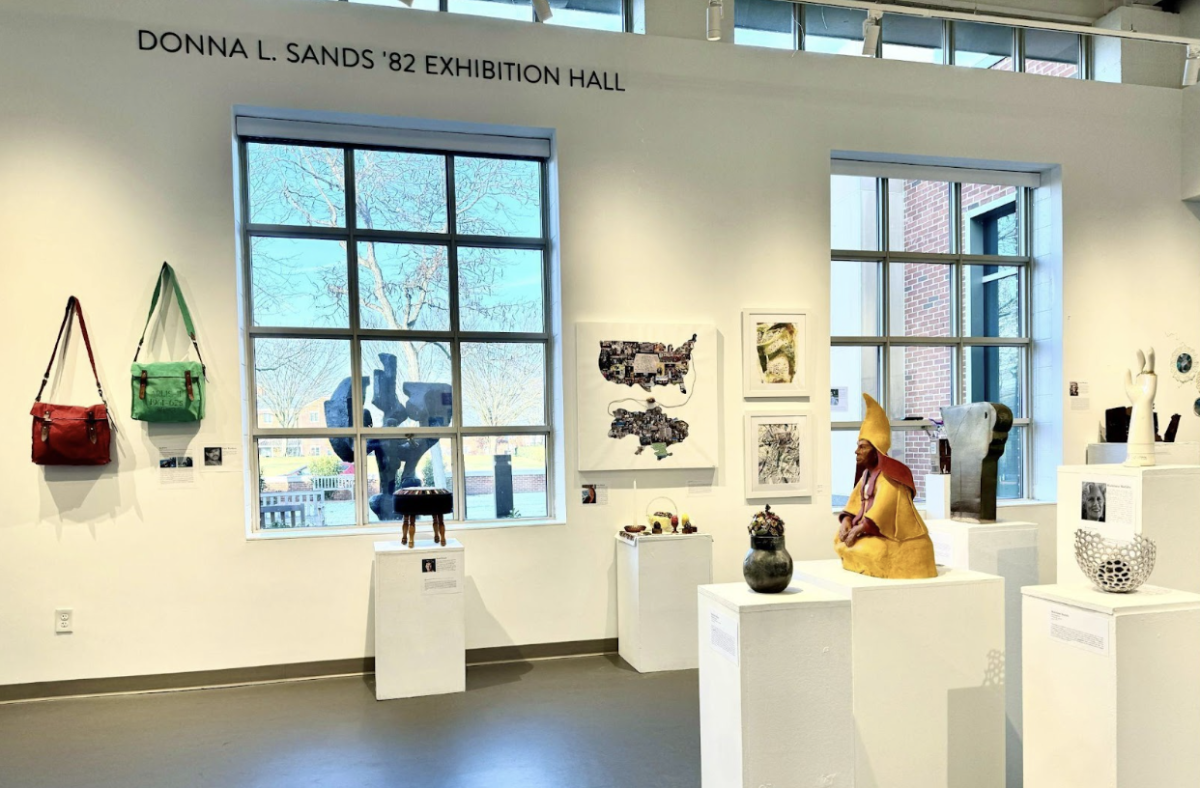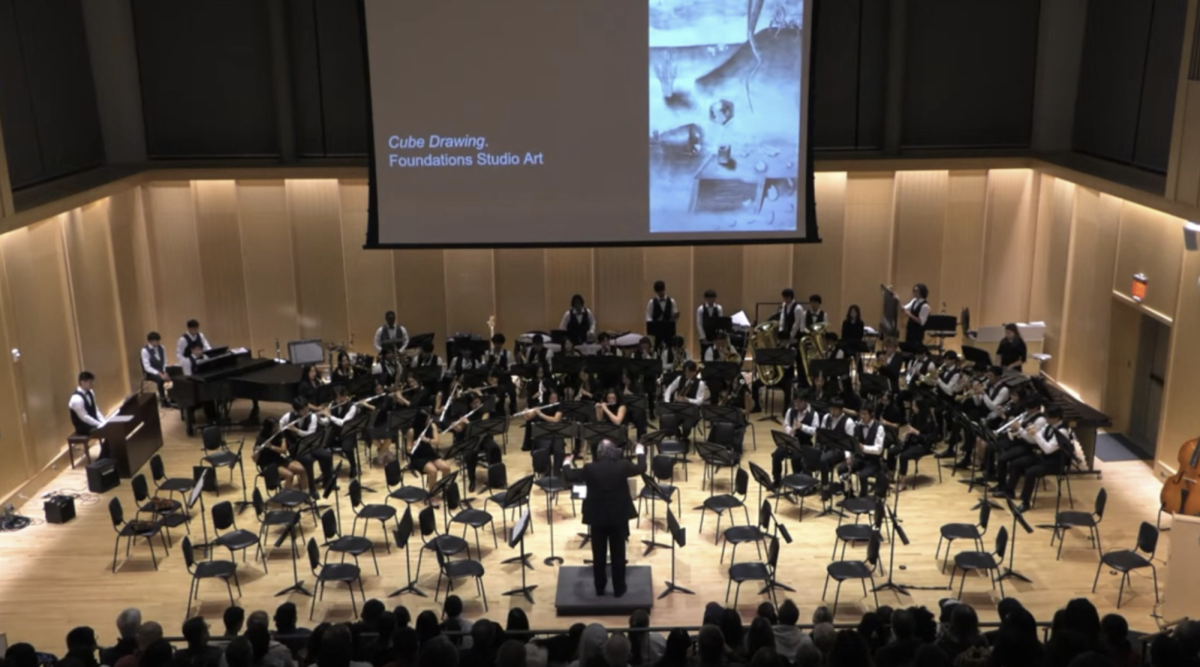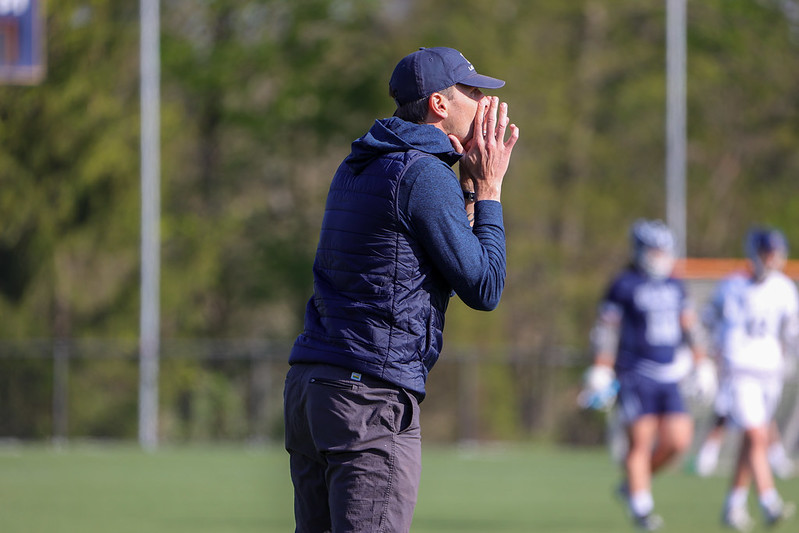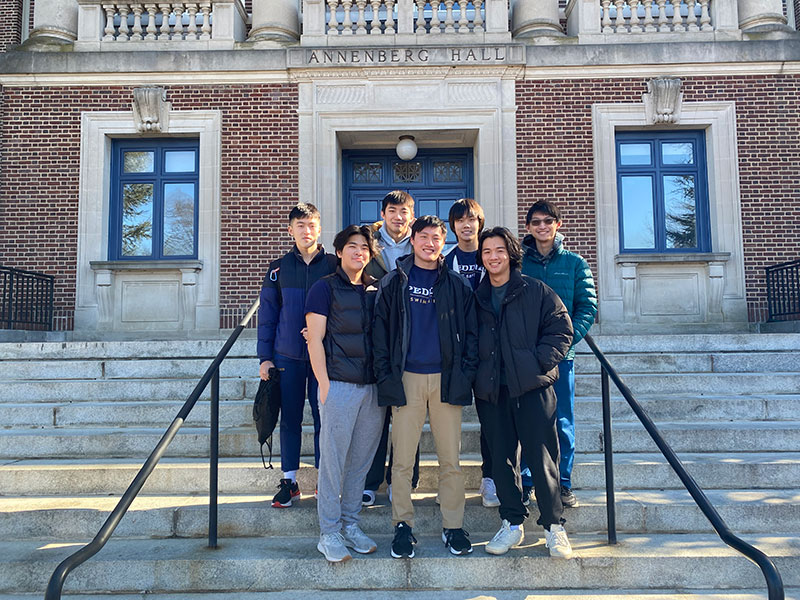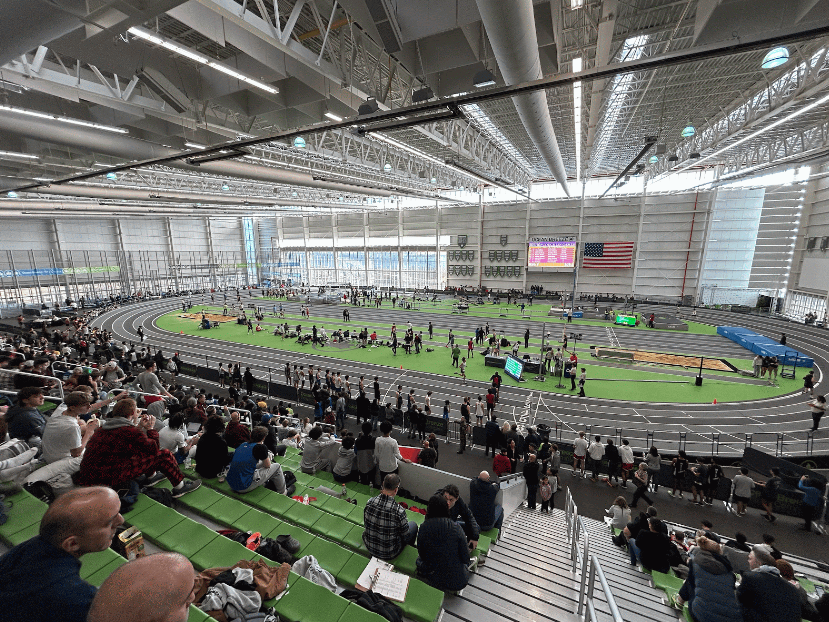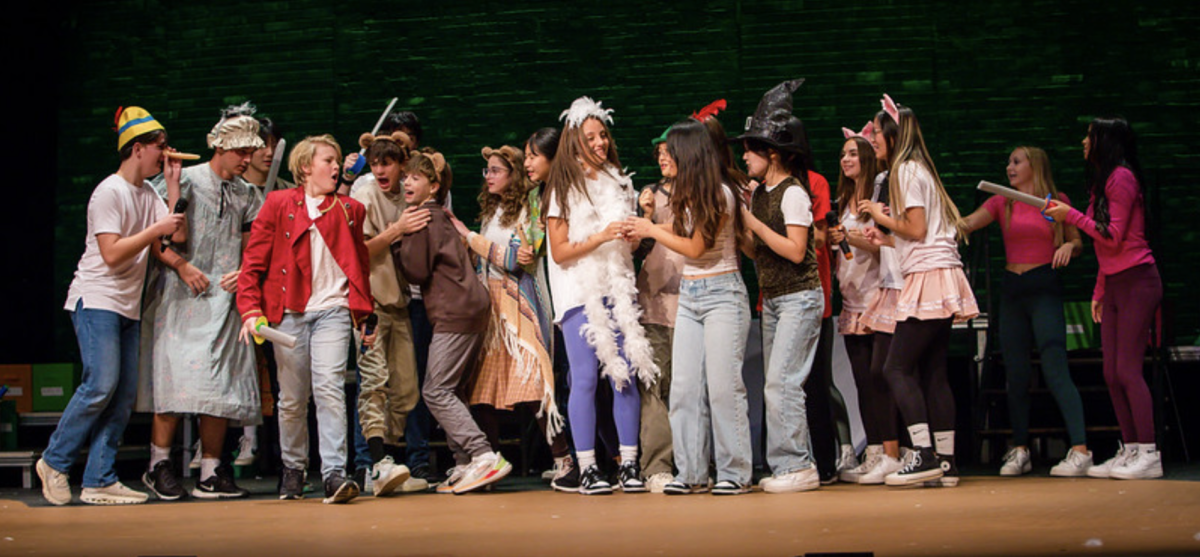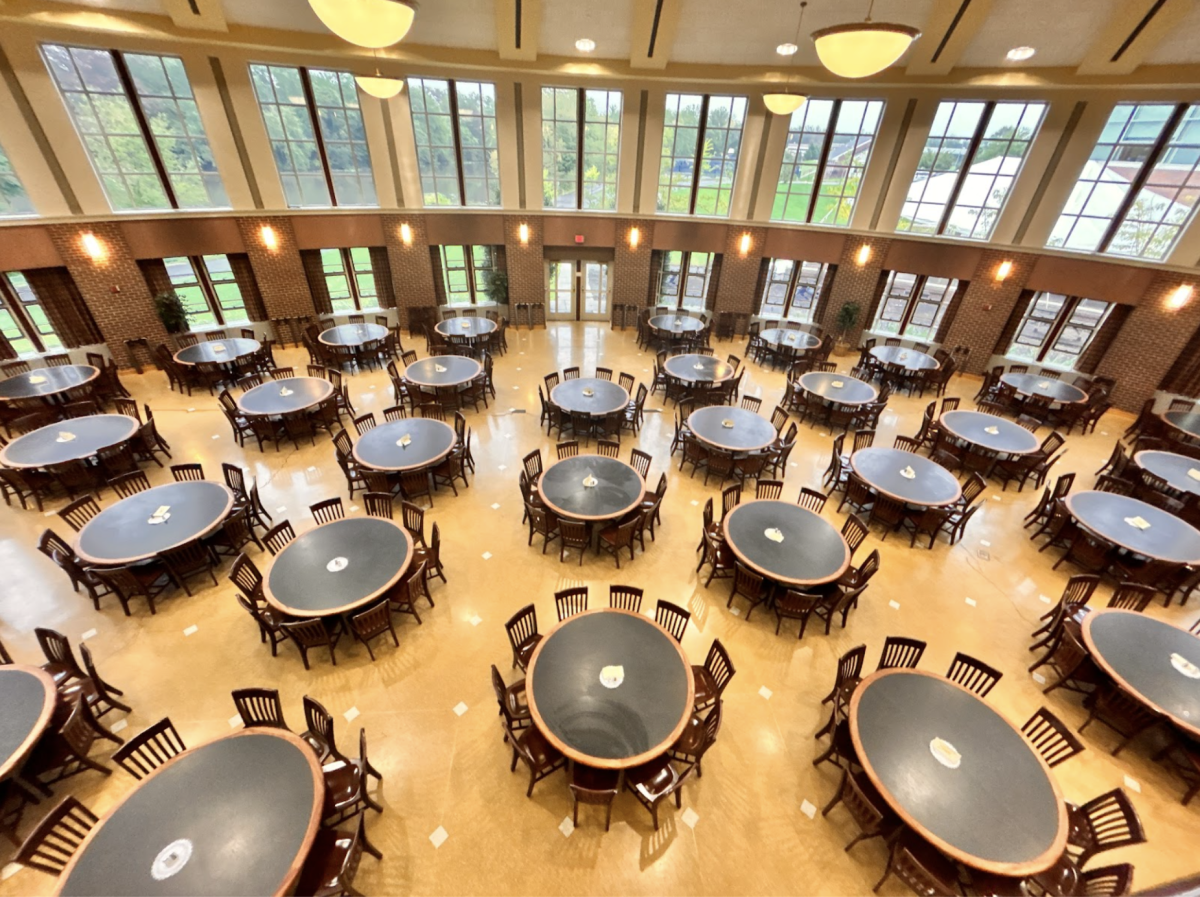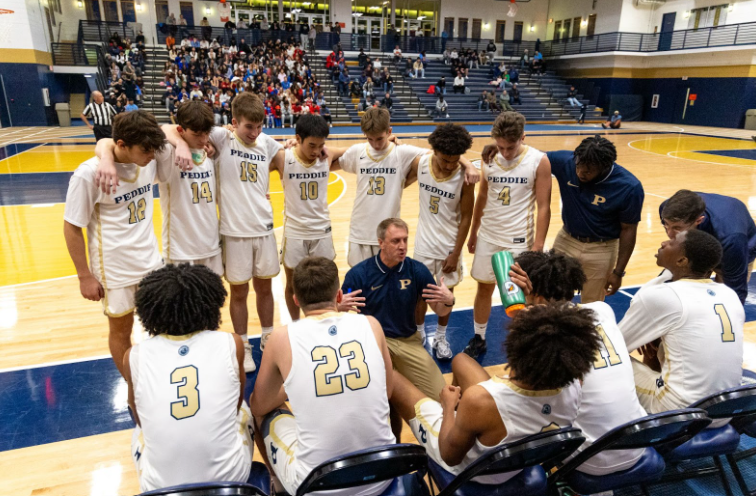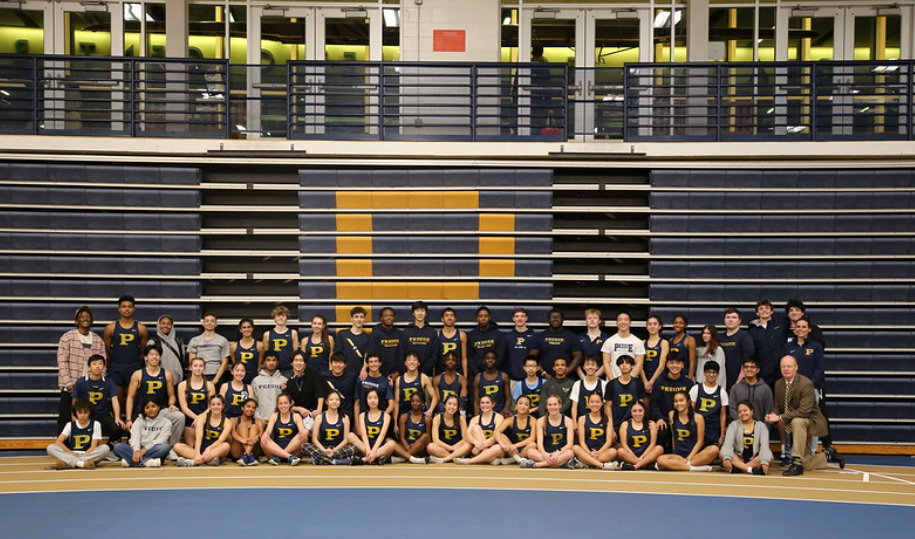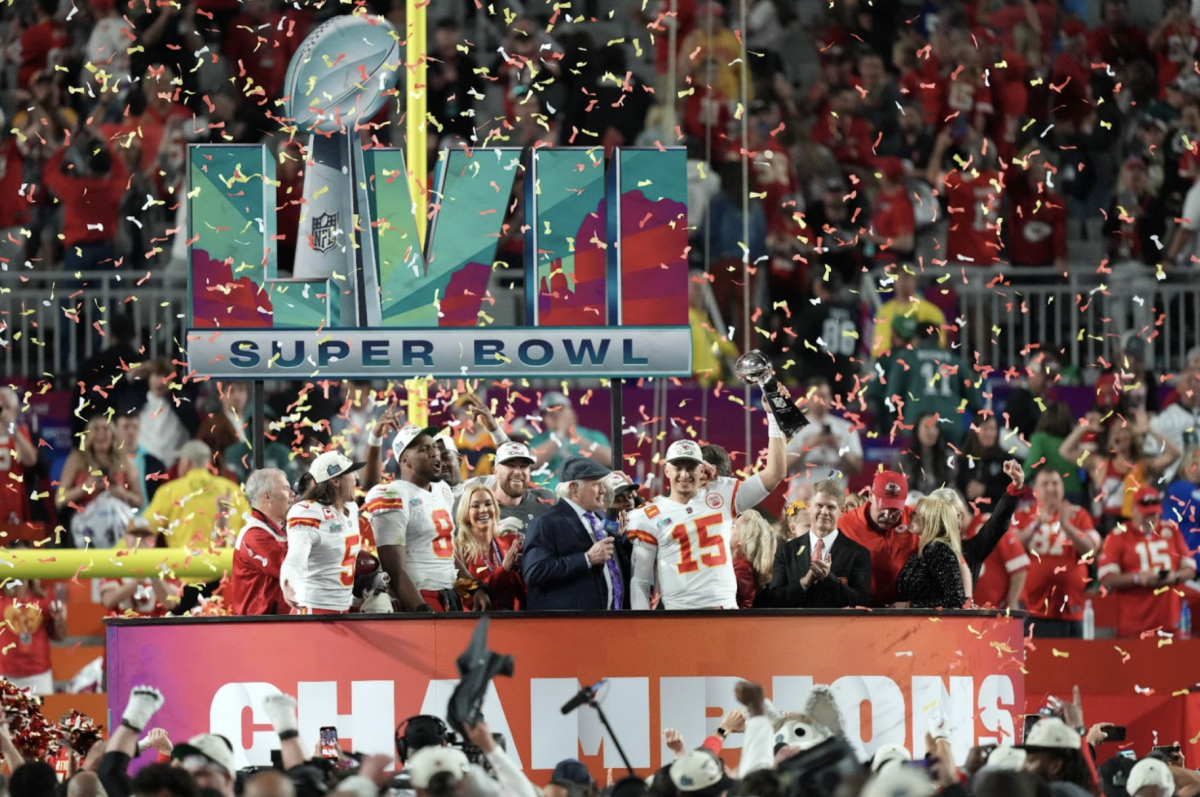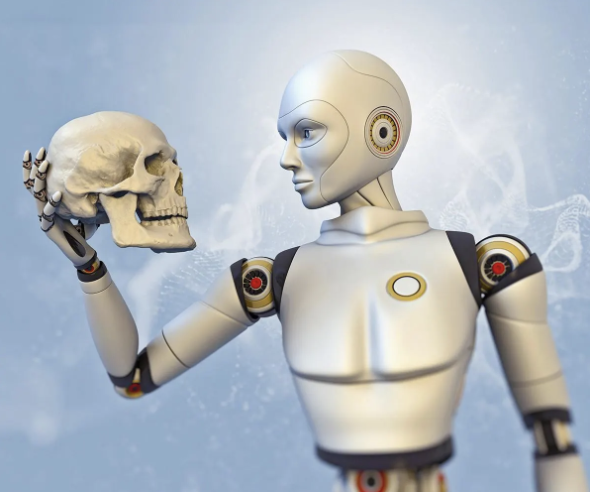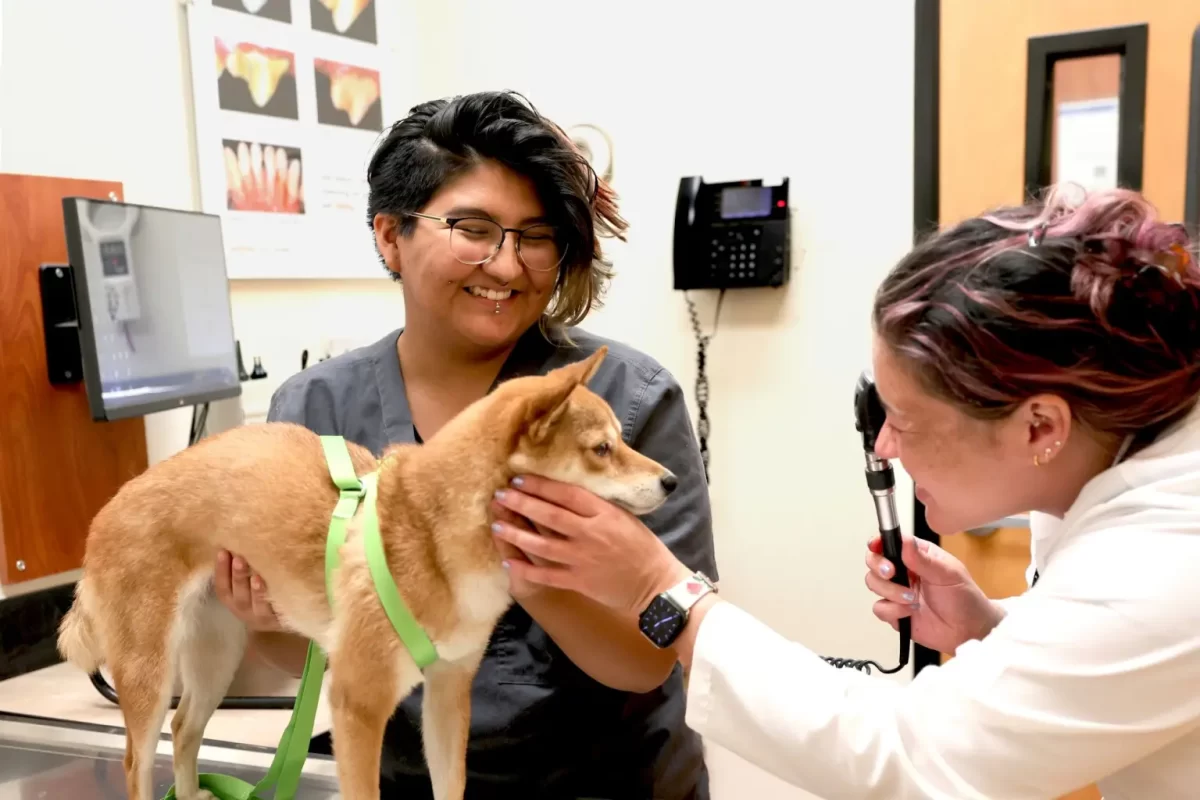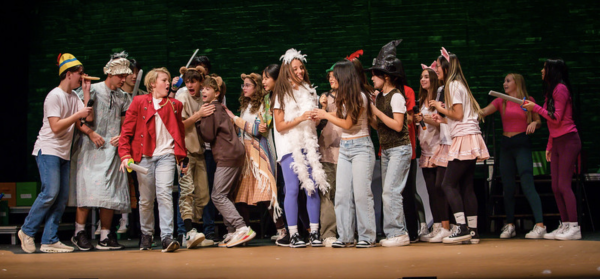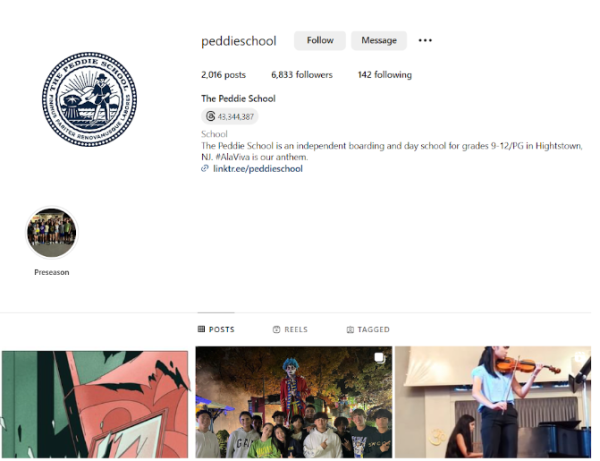A Print Revival
January 18, 2018
Over the past year or two since I’ve been writing here, there has been a clear theme among the student community: Not many students really read the Peddie News. This begs the question: Why do we do what we do? Why do we editors go to editorial board meetings, scrounge for writers and put in our time and effort to produce something that little to no part of the student body reads? This problem hasn’t gone unnoticed by other editors or News staff. Recently, it seems like the Peddie News has been the butt of a longstanding joke among students, with its lack of readership being the key distinction and, ironically, its only selling point.
The very logo of the Peddie News’ site reads, “Serving the Peddie Community since 1912.” For a supposedly historical and important publication, it is a shame that the News has fallen into its current state. It has devolved into a curious group of students who, for their own personal reasons, keep this publication on life support for posterity’s sake. While there are some members of the faculty who read the News frequently, I still find it difficult to validate all of the work that the News does if a majority of the Peddie community — its student body — pays no attention to it.
This begs the question: Why does nobody read the News? It is, after all, emailed out after each publication by our editors-in-chief. A simple click of a link is all it takes to go to the Peddie News website, where new articles are added each week. Digital media has greatly increased the possibilities that we enjoy today, with an ever-increasing range of entertainment and news just a click away. It would require much more time and effort, including template editing and word formatting, to create a printed version of the News each week. Digital saves time, work and energy.
But an overlooked detail in the Peddie News’ transformation from print to digital issues is the new triviality of the News. Deleting or ignoring the weekly email is also just as convenient. A website is far easier to ignore than the former Peddie Newsstand, which might have proudly stood in the Student Center or in Annenberg Hall. Students who are already barraged with emails on a daily basis have no reason to pay special attention to the News.
The lack of readership has had an effect on the quality of the writing as well. Without a sufficient audience to write for, the question “Why are we doing this?” seems to have crept into the minds of many editors and even writers. Without a solid reader base, there is no reason to put in the consistent level of effort that quality journalism demands. There is a vicious cycle of decreasing readership leading to decreasing quality.
Other students have mentioned to me that they would also prefer a printed version of the News and that they might actually read it if there was a physical copy. It seems that the very existence of a printed copy validates the writing in it; I think that having a physical representation of the work we create would instill a sense of pride and accomplishment in the publication. The Peddie News’ decision to move to digital without maintaining a physical connection to the Peddie community is a final indicator of its slow, gradual decline.


